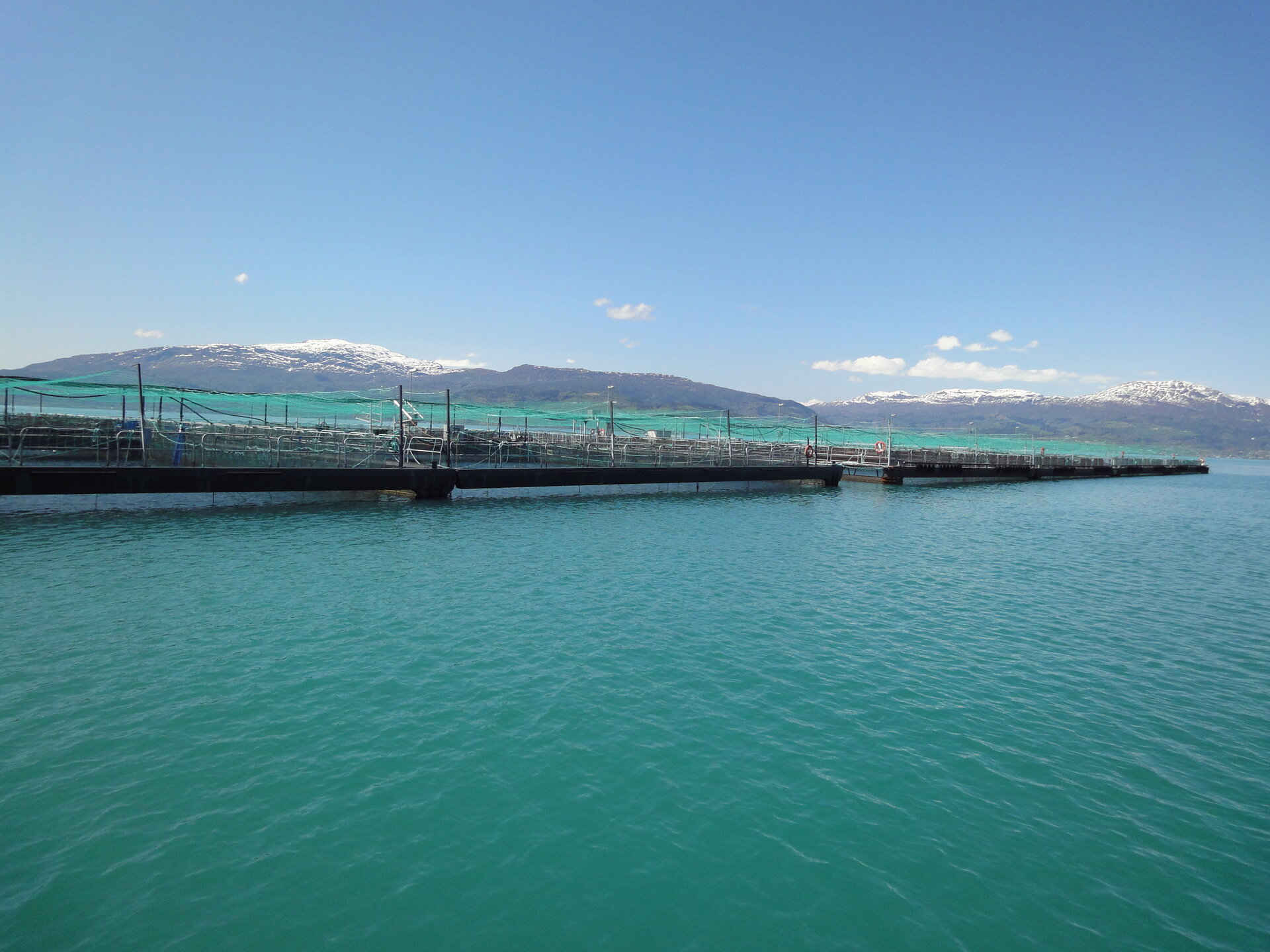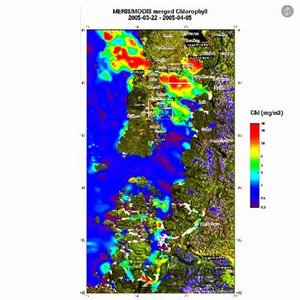New ESA project supports aquaculture
Fish farming is the world’s fastest growing food production method and is projected to continue rising to meet the demands of an increasing world population. ESA’s new Aquaculture project will support sustainable aquaculture by developing an information service based on state-of-the-art remote sensing.
Satellites can provide a wealth of data on waves, sea-surface temperature and ocean colour – all highly useful for planning where to establish new fish farms.
"Sustainability depends on knowledge of the environment to draw useful conclusions for aquaculture," said Juan Pablo Belmar from the Chilean Under-Secretariat of Fisheries.

"It is clear that remote sensing is one of the most useful tools for providing this knowledge."
The environmental impact of new sites can be determined by comparing satellite-based water quality data from different periods. Satellite data can also play a key role in protecting farmed shellfish and finfish.
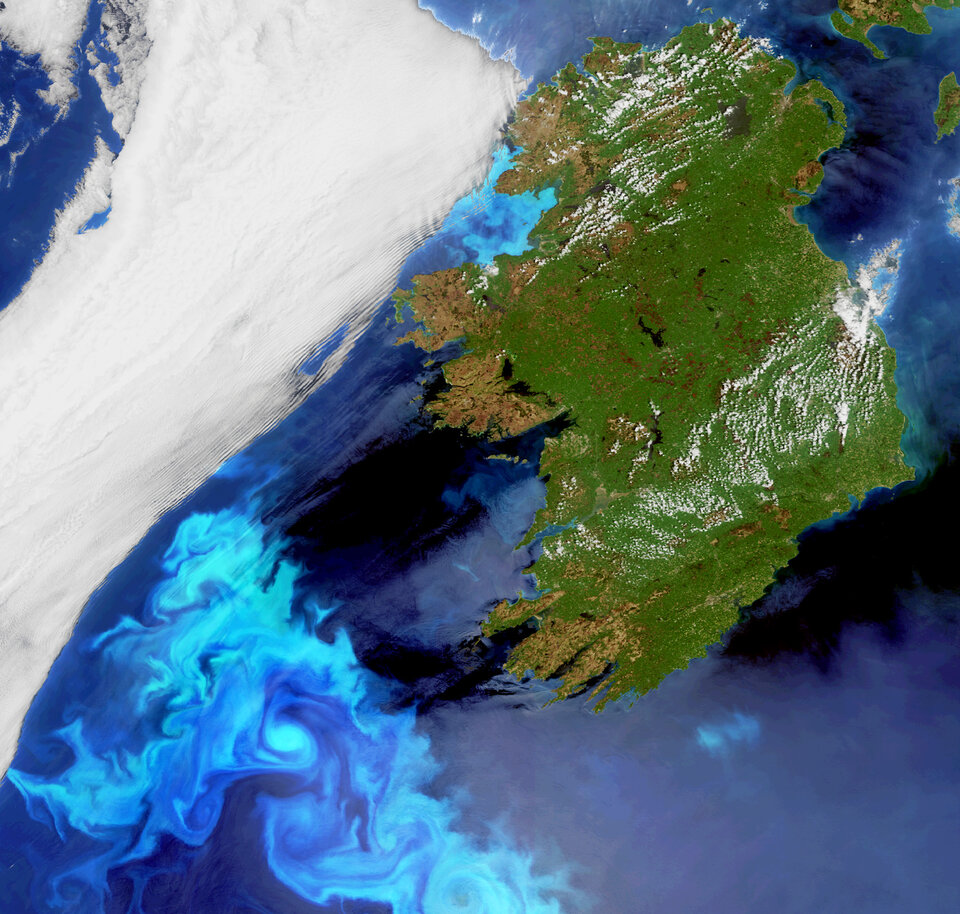
Phytoplankton blooms are common and usually harmless. But in some cases they reduce oxygen levels in water by preventing gas exchange between the ocean and the atmosphere, by blocking the light needed for other oxygen-producing algae below, and when decomposing.
These harmful algal blooms have devastating effects on farmed fish, which are unable to move into better-oxygenated stretches of water.

Some algae contain toxins that accumulate in the body tissue of shellfish and pose serious health risks for humans.
Satellites can warn of potential harmful algal development by identifying the conditions, such as sediment flows or pollution run-off, that might promote their growth.
Once a bloom begins, ocean colour sensors can map its extension and monitor its evolution.
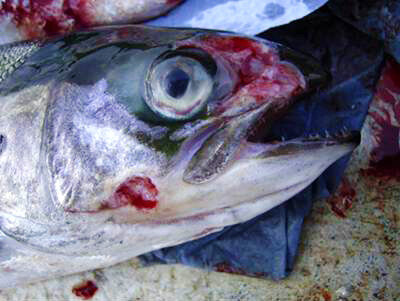
"There are great opportunities for using this type of technology to control aquaculture activities and monitor the surrounding environment both for sustainability and warnings of algae and jellyfish 'attacks'," said Ingrid Lundamo from Marine Harvest Norway. Marine Harvest is the world’s largest producer of farmed Atlantic salmon.
Satellite data can also be fed into models simulating the spread of parasites and disease in farmed fish stocks.
Diseases can devastate fish stocks: the production from Chile’s salmon farms fell from 400 000 tonnes in 2005 to 100 000 tonnes in 2010 as a result of infectious salmon anemia.
These models can help to reduce the risk of contamination between production sites by improving site selection and supporting measures to protect the farmed fish.
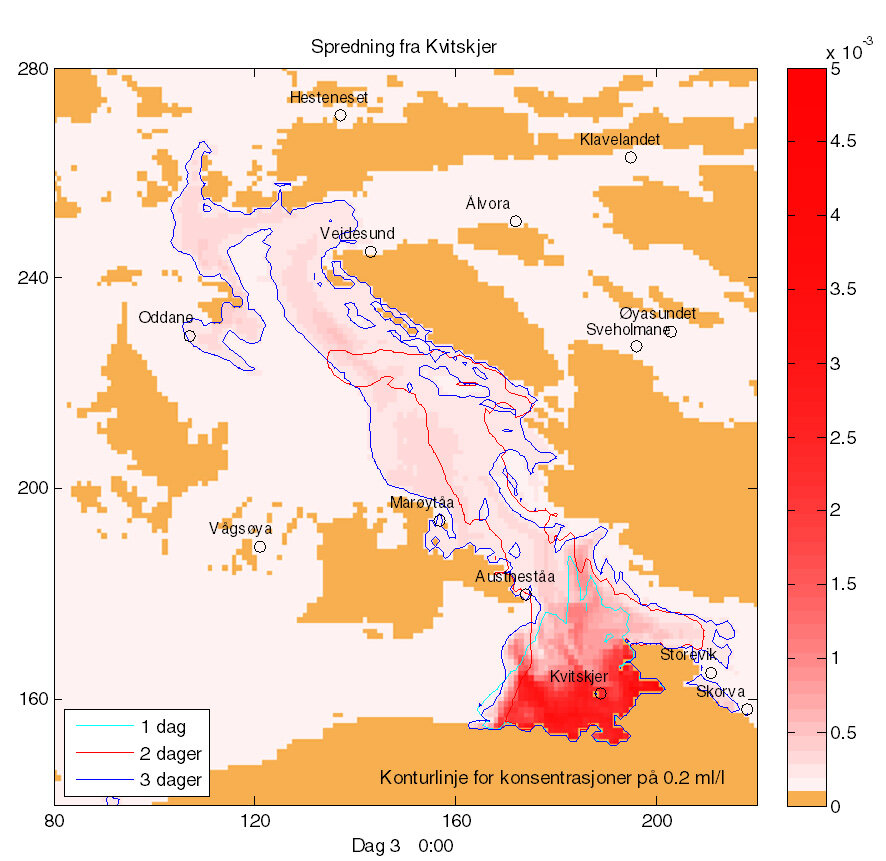
To fine-tune the requirements of the project’s potential users and to identify the types of satellite data needed, ESA organised a meeting last month with 35 potential users and experts in remote sensing applications.
The Aquaculture project will develop and demonstrate products and services tailored to the needs of the marine aquaculture sector, involving users from industry and from public administrations in Europe and developing countries.


